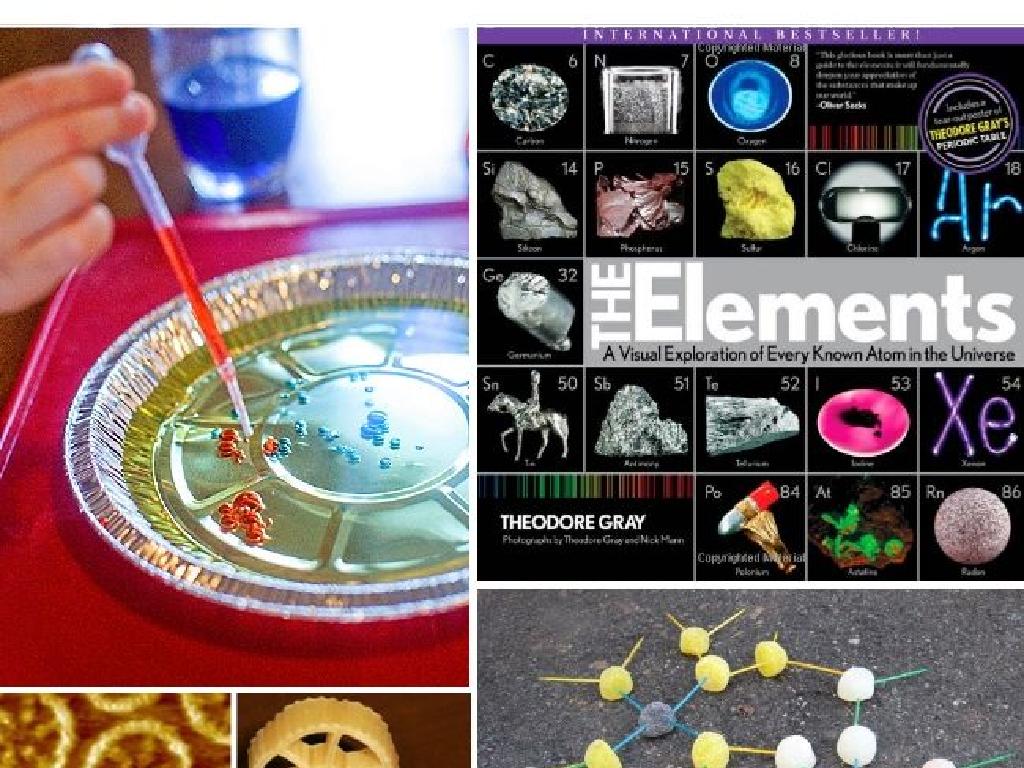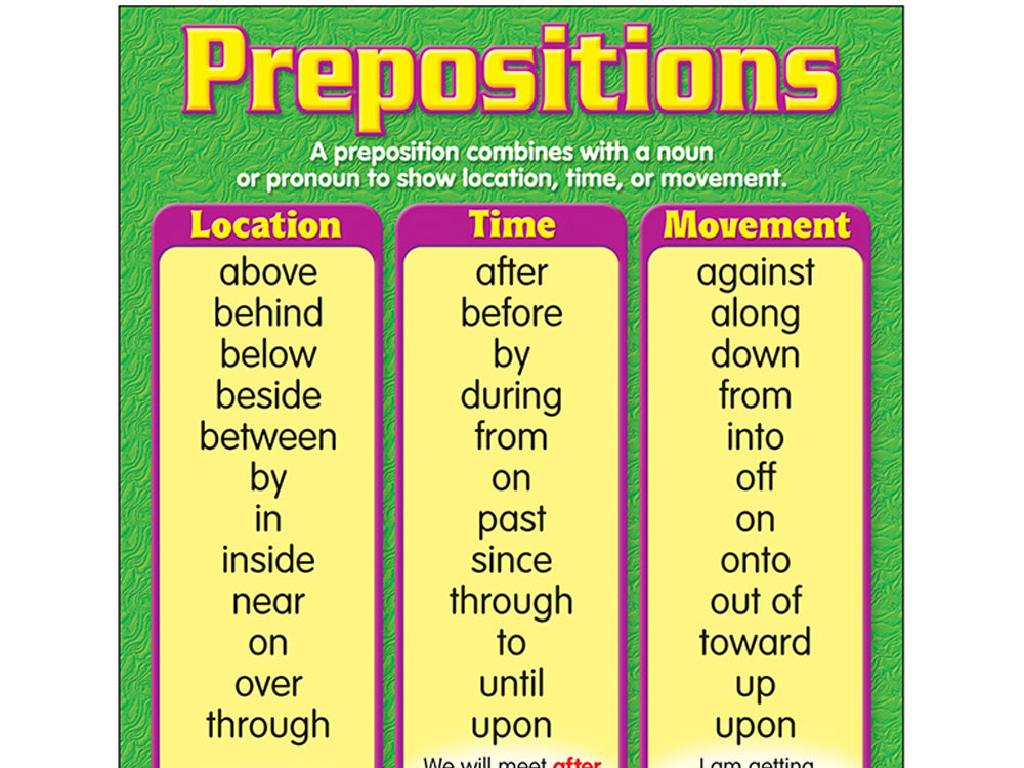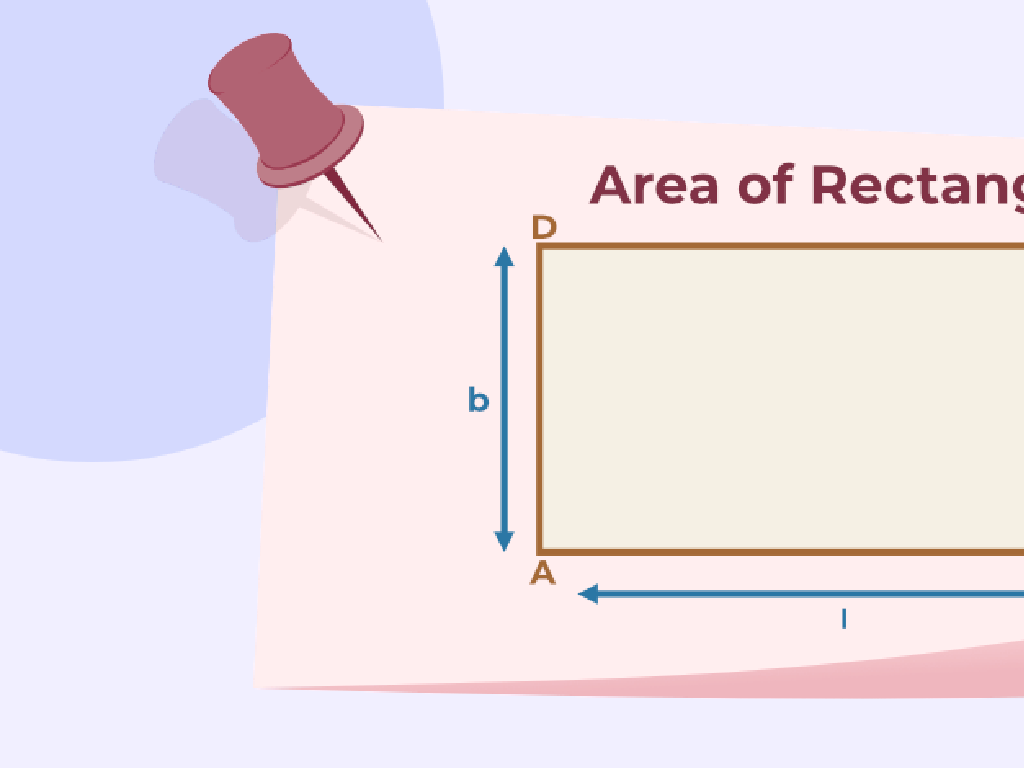Art Of Africa
Subject: Arts and humanities
Grade: High school
Topic: Art History
Please LOG IN to download the presentation. Access is available to registered users only.
View More Content
Introduction to African Art
– Explore richness of African Art
– African Art is not monolithic; it varies widely across the continent.
– Diversity of cultures & traditions
– Each region has unique artistic expressions influenced by culture.
– Art’s role in African societies
– Art often serves social, religious, and communal purposes.
– Significance of traditional art forms
– Traditional art includes masks, sculptures, textiles, and more.
|
This slide introduces students to the vast and diverse world of African Art. It’s important to convey that African Art is not a single entity but a rich tapestry of cultural expressions that vary from one region to another. Students should understand that art in African societies often goes beyond aesthetics, playing crucial roles in social functions, religious ceremonies, and community life. Traditional art forms like masks and sculptures are not just decorative but are imbued with cultural significance and serve as a means of storytelling and preserving history. Encourage students to appreciate the diversity and depth of African Art and to consider the context in which it is created and used.
Historical Overview of African Art
– Prehistoric to ancient art roots
– Rock art in Sahara, terracotta figures in Nok
– Trade and migration influences
– Interactions with Arab and European traders brought diverse influences
– Colonial impact on art
– European colonization altered art forms, introduced new materials and themes
– Evolution of African art
|
This slide provides a concise historical context for African art, from the earliest known creations to the changes brought about by external influences. Begin with the prehistoric period, highlighting the rock paintings in the Sahara and the famous terracotta sculptures of the Nok culture. Discuss how trade routes and migrations across the continent introduced new artistic techniques and concepts. Address the profound changes and cultural disruptions during the colonial period, including the introduction of new materials and the shift in themes as African artists responded to European presence. Conclude with a brief mention of how African art has evolved post-colonization, setting the stage for a more in-depth exploration of contemporary African art in subsequent slides.
Materials and Techniques in African Art
– Common materials in African art
– Wood, bronze, ivory, and textiles
– Diversity of artistic techniques
– Carving, weaving, beading, metalwork
– Emphasis on sustainability
– Use of renewable and recycled materials
– Resourcefulness in art creation
– Innovative use of available resources
|
This slide aims to introduce students to the rich variety of materials and techniques used in African art. African artists commonly use materials such as wood, bronze, ivory, and textiles, which are abundant in their natural environment. They employ a range of techniques including carving for sculptures, weaving for textiles, beading for adornment, and metalwork for tools and decorative items. Sustainability is a key aspect of African art, with artists often utilizing renewable and recycled materials, reflecting a deep respect for the environment. Resourcefulness is also evident in the innovative ways artists make use of available resources to express cultural narratives and artistic vision. Encourage students to explore the connection between the environment and the materials and techniques used in African art, and how this reflects broader themes of sustainability and resourcefulness.
Themes and Symbolism in African Art
– Ancestry and spirituality significance
– Art as a bridge between the living and the ancestral spirits.
– Power and community symbols
– Regalia and masks symbolize leadership and unity.
– Animals representing nature
– Animals are totems, embodying traits and connecting to folklore.
– Integration of art in daily life
|
This slide delves into the rich themes and symbolism inherent in African art, which is deeply intertwined with the continent’s cultural and spiritual life. Ancestry and spirituality play a pivotal role, with art serving as a conduit to the spiritual world and honoring forebears. Symbols of power and community are often depicted in regalia, masks, and communal art pieces, reflecting the importance of leadership and social cohesion. Animals are frequently represented, symbolizing various traits and linking to traditional stories and beliefs. The integration of art in daily life highlights its functional and ceremonial significance. Encourage students to explore these themes by researching specific art pieces and their cultural contexts.
Influential African Art Forms
– Ceremonial functions of masks
– Masks are used in rituals, to represent deities or ancestors.
– Sculpture: human form interpretations
– Sculptures often symbolize status, community roles, or spirituality.
– Textiles and storytelling patterns
– Textiles use colors and patterns to convey history and messages.
– Cultural significance of art forms
|
This slide aims to introduce students to the rich and diverse art forms of Africa, which are deeply intertwined with the continent’s cultural and social fabric. Masks are not merely decorative; they serve crucial roles in ceremonies, embodying spirits and conveying ancestral wisdom. Sculptures, often carved from wood, can indicate a person’s role in society or serve as vessels for spiritual entities. Textiles are more than just clothing; they are canvases for storytelling, with each pattern and color representing a part of the region’s history and values. Encourage students to explore the deeper meanings behind these art forms and consider the ways in which art is integrated into daily life and belief systems in African cultures.
Contemporary African Art: A Modern Influence
– Modern artists shaping African Art
– Artists like El Anatsui and Yinka Shonibare redefine traditional motifs.
– Global influence of African Art
– African art inspires global fashion, design, and pop culture.
– Challenges faced by African artists
– Issues like funding, visibility, and cultural appropriation.
– Opportunities in the art world
– Platforms like art fairs and digital media promote African art.
|
This slide explores the dynamic world of contemporary African art, highlighting how modern artists are redefining traditional art forms and influencing the global art scene. Discuss the work of artists such as El Anatsui, who uses recycled materials to create large-scale sculptures, and Yinka Shonibare, known for his use of African textiles in Victorian dress forms. Emphasize the global impact of African art on various industries and how it shapes international trends. Address the challenges that African artists face, including limited resources and international recognition, and how they navigate issues of cultural identity and appropriation. Highlight the growing opportunities for exposure through international art fairs, galleries, and online platforms, which allow for a wider appreciation and understanding of African art. Encourage students to consider the evolving narrative of African art and its place in the contemporary art world.
Case Study: Notable African Artists
– El Anatsui: Transformational Art
– Uses recycled materials to reflect change
– Yinka Shonibare: Art & Identity
– Explores cultural identity using historical & contemporary themes
– Wangechi Mutu: Feminism in Art
– Addresses gender and racial issues through her work
– Exploring Afrofuturism
– Afrofuturism combines African culture with technology and future themes
|
This slide introduces students to three influential African artists who have made significant contributions to contemporary art. El Anatsui from Ghana is renowned for his large-scale sculptures that transform recycled materials into reflective pieces that comment on global change. Yinka Shonibare, a British-Nigerian artist, uses art to question cultural identity and colonialism, often employing brightly colored African textiles. Wangechi Mutu from Kenya brings attention to feminism and Afrofuturism, using her art to challenge perceptions of race and gender. Discuss the impact of these artists on the global art scene and how they incorporate elements of African culture into their work. Encourage students to research more about these artists and their unique styles, and how they address complex themes through their art.
Class Activity: Create Your Own African Art
– Overview of mask design activity
– List of materials for mask creation
– Steps for creating your personal mask
– Sketch design, paint, and decorate with beads and fabric
– Plan for sharing and discussion
– Present your mask and explain your design choices
|
This activity is aimed at engaging students with African art by having them design and create their own masks, a significant cultural artifact in many African societies. Provide a brief history of African masks and their purposes in various cultures. Students will use paper as a base for their masks and decorate them with paints, beads, and fabric to mimic traditional designs or to express their own creativity. Once completed, students will share their masks with the class and discuss the inspiration behind their designs. For the teacher: Prepare a variety of materials and examples of African masks for inspiration. Consider grouping students for collaborative work. Possible activities include researching different types of African masks, writing a story about the mask’s symbolism, or even a mini-exhibition of the created masks.





